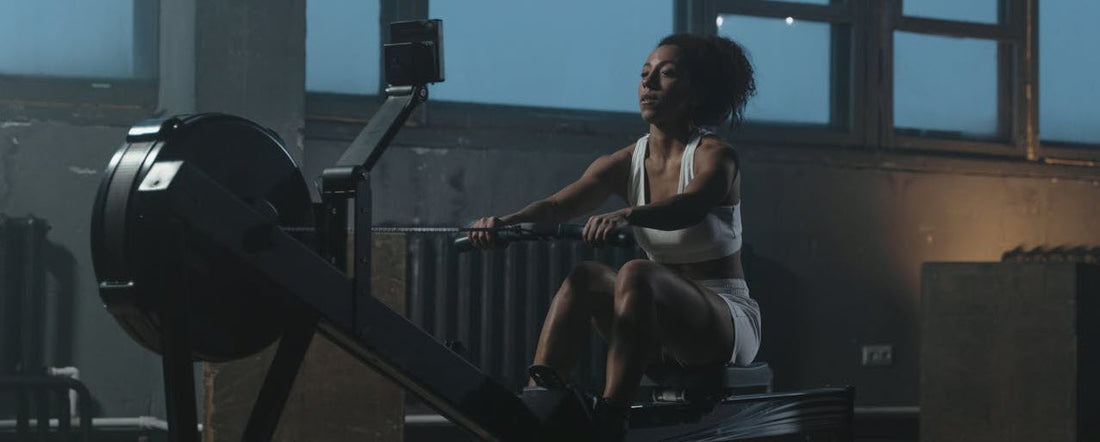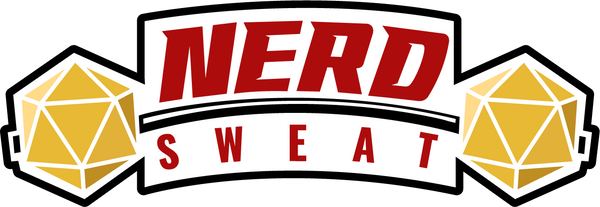
Creating a Gym Routine You’ll Love: Start Small, Stay Consistent
Starting a gym routine for the first time—especially after 50—can feel overwhelming. The rows of machines, the fit bodies, and the loud clanking of weights might make you question if you even belong there. But here’s the truth: the gym is for everyone, including you. The key to success isn’t going hard on day one—it’s about starting small and staying consistent.
Here’s how you can build a gym routine you’ll actually enjoy and stick with for the long haul.
1. Set a Realistic Starting Point
One of the biggest mistakes beginners make is doing too much too soon. This often leads to exhaustion, soreness, and even injuries. Instead, start with manageable goals.
Example:
- Instead of saying, “I’ll work out for an hour every day,” try:
“I will go to the gym twice a week for 30 minutes.” - Instead of lifting heavy weights immediately, start with light resistance or bodyweight exercises.
By setting a routine that fits into your lifestyle, you’ll feel more motivated and less likely to quit.
2. Choose Exercises You Actually Enjoy
If the treadmill bores you to tears, don’t force yourself to use it! There are plenty of ways to stay active at the gym that don’t feel like a chore.
Examples of Beginner-Friendly Gym Activities:
- Walking on a treadmill with an incline for a low-impact cardio session
- Strength training with machines for guided, easy-to-use resistance exercises
- Swimming or water aerobics for joint-friendly movement
- A beginner yoga or stretching class to build flexibility and reduce stress
When you enjoy your workouts, you’re far more likely to keep showing up.
3. Create a Simple Workout Plan
A structured plan removes the guesswork and builds confidence over time. Here’s a basic 3-day beginner gym plan for someone over 50:
Day 1: Cardio & Flexibility
- 10-minute warm-up (walking or cycling)
- 15-minute treadmill walk (or elliptical)
- 5-10 minutes of stretching
Day 2: Strength Training (Full-Body)
- Leg press machine (3 sets of 10 reps)
- Chest press machine (3 sets of 10 reps)
- Lat pulldown machine (3 sets of 10 reps)
- Seated row machine (3 sets of 10 reps)
Day 3: Active Recovery & Balance
- Light resistance band exercises
- Core work (seated leg raises, standing side bends)
- Balance drills (standing on one foot for 30 seconds per side)
Modify as Needed: If you prefer classes, swap in a low-impact strength or yoga class instead of machines. The goal is consistency, not perfection!
4. Find Your “Gym Time” and Stick to It
Choosing a specific time to work out helps build routine and confidence. Many beginners prefer going early in the morning or mid-afternoon when the gym is quieter.
Example:
- If you don’t like crowds, go before 8 AM or after 1 PM.
- If you need accountability, schedule workouts with a friend or join a class.
The more you make fitness a part of your schedule, the easier it becomes.
5. Track Your Progress (Without Focusing on Weight)
Fitness is about feeling stronger, having more energy, and improving your overall well-being—not just weight loss. Keep track of small wins to stay motivated.
Ways to Measure Progress:
✅ You can lift heavier weights than when you started
✅ You can walk for 30 minutes without feeling out of breath
✅ Your flexibility and balance have improved
✅ You feel more confident in the gym
Apps like MyFitnessPal or Strong can help track workouts, but even a simple notebook works.
6. Give Yourself Permission to Be a Beginner
It’s easy to compare yourself to others at the gym, but everyone started somewhere. The strongest lifters, the fastest runners—they were beginners once too.
The key is consistency, not intensity. Even two workouts a week will make a difference over time.
Final Thoughts: Small Steps Lead to Big Results
Starting a gym routine over 50 isn’t about keeping up with younger gym-goers or lifting the heaviest weights. It’s about finding movement you enjoy, building strength gradually, and making fitness a regular part of your life.
By starting small and staying consistent, you’ll feel healthier, stronger, and more confident in the gym—and beyond.
Resources & References
- National Institute on Aging – Beginner Exercise Tips
- SilverSneakers – Gym Workouts for Beginners Over 50
- American Heart Association – Fitness Basics
The best workout plan is the one you enjoy and stick to. So, lace up your sneakers and take the first step—you’ve got this! 💪✨
